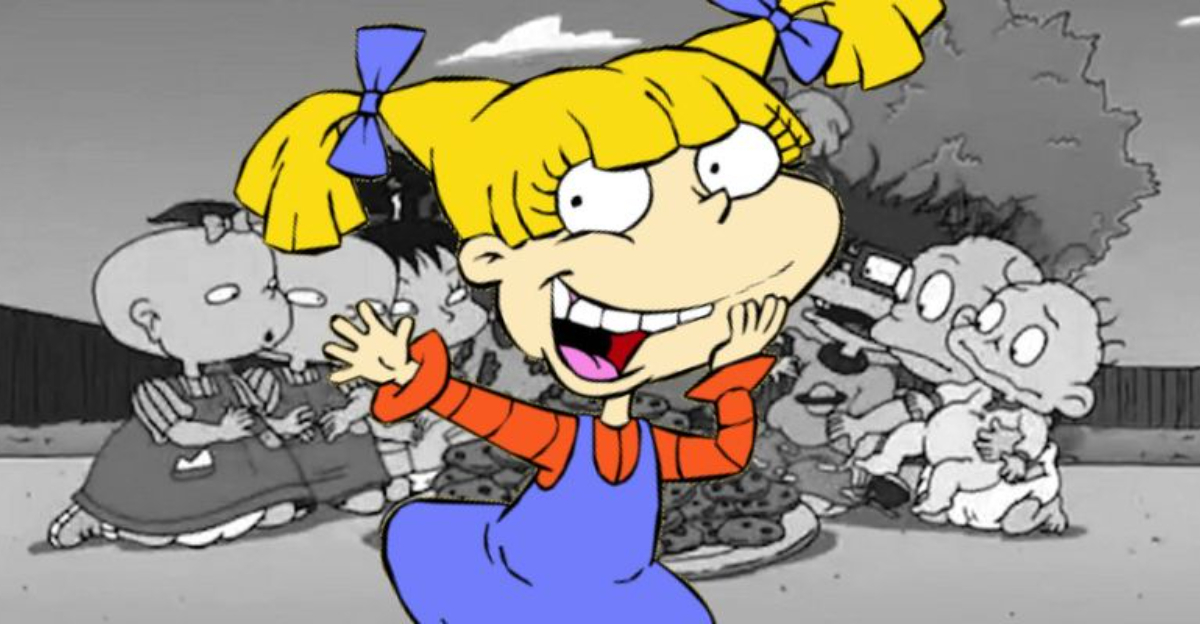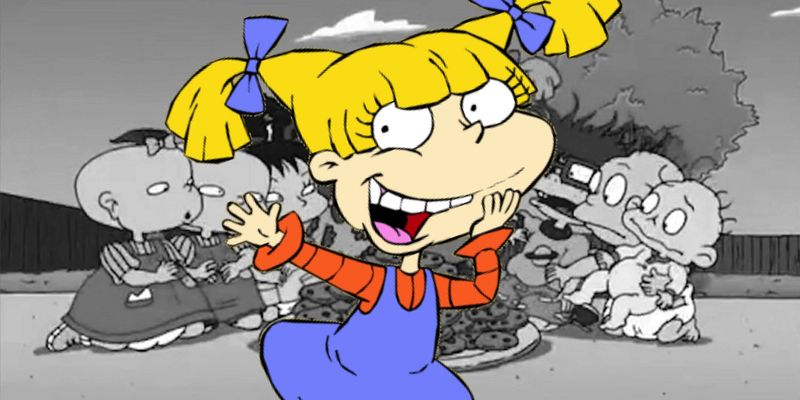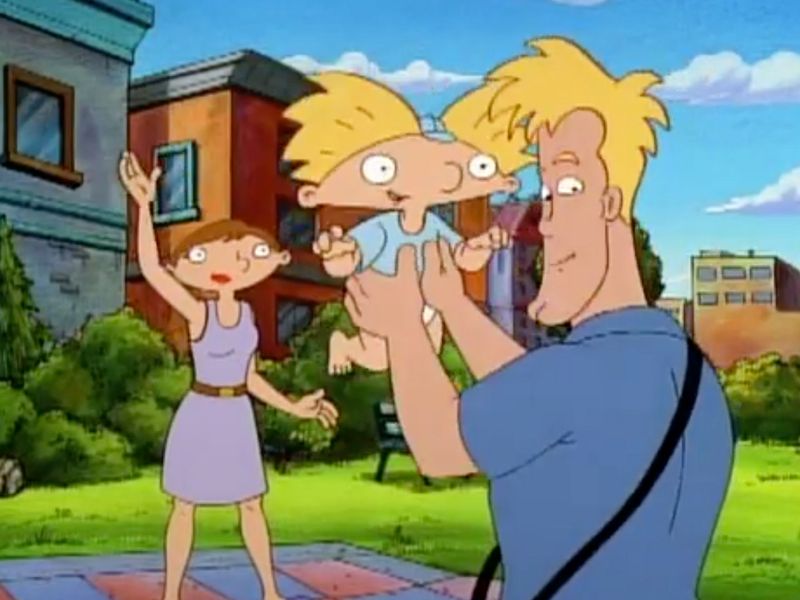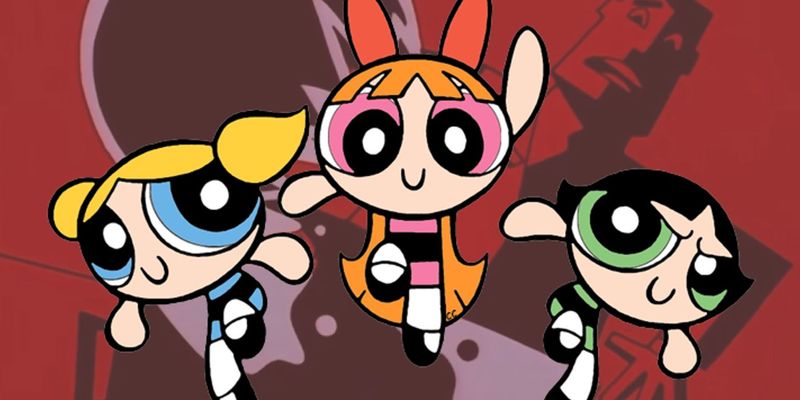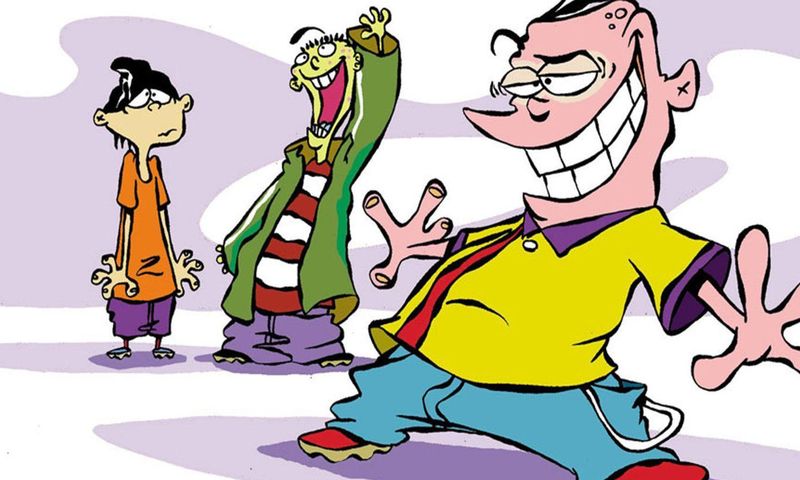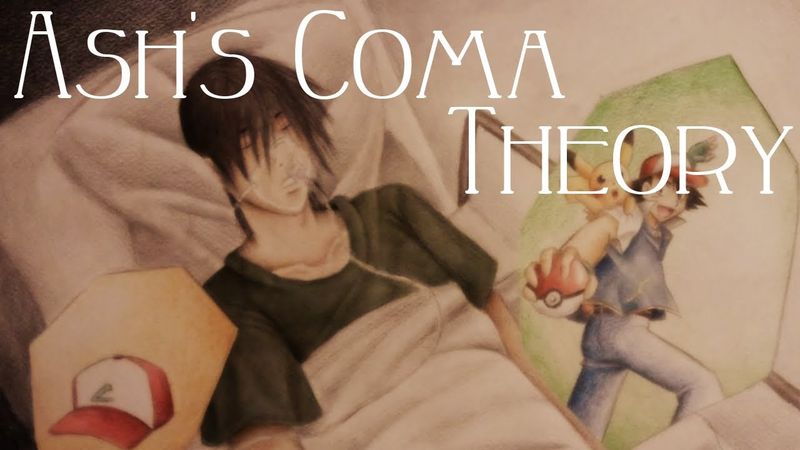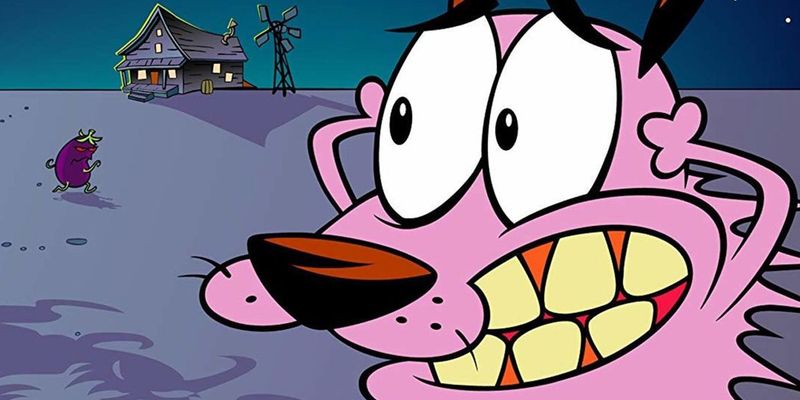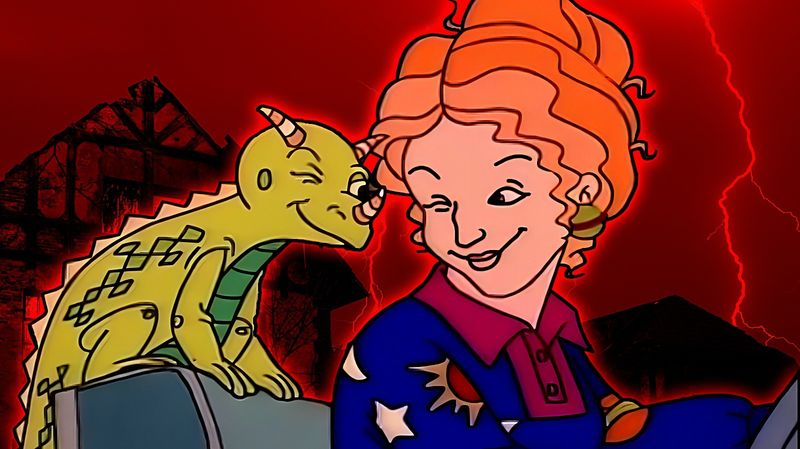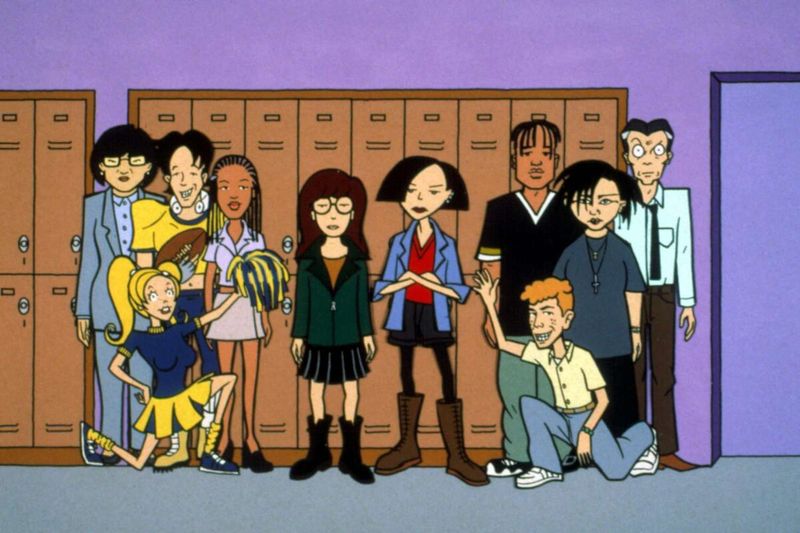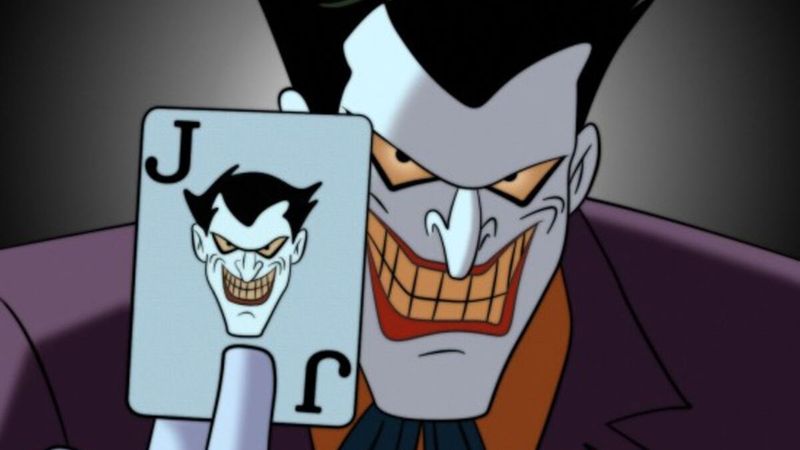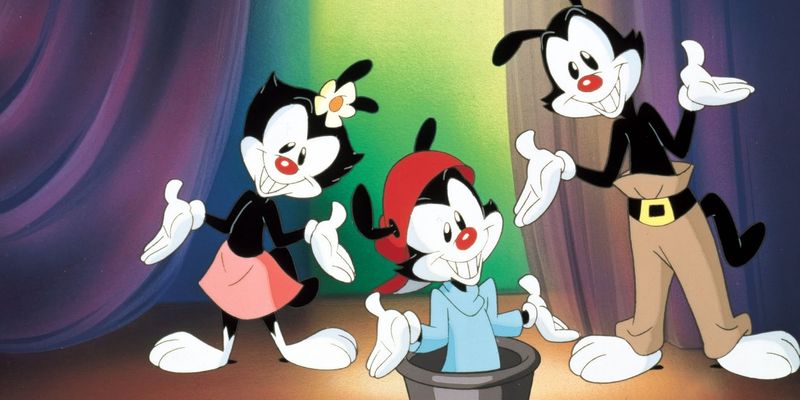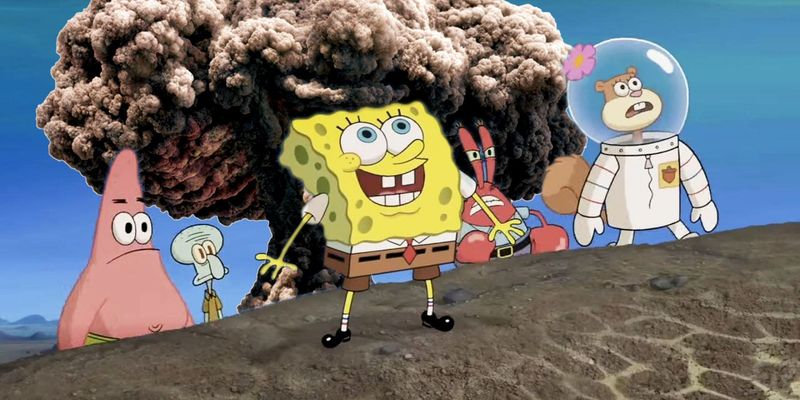The 1990s were a golden era for cartoons, giving us beloved shows that still hold a special place in our hearts. But beyond the laughter and adventure, fans have concocted some truly wild theories about these iconic series.
From hidden meanings to shocking character backstories, these fan theories add a new layer of intrigue to the cartoons we thought we knew so well.
Whether you find them plausible or far-fetched, they’re sure to spark your imagination and perhaps make you see these shows in a whole new light.
1. Rugrats: Angelica’s Imagination
One of the most talked-about theories is that all the babies in “Rugrats” are figments of Angelica’s imagination. According to this theory, Angelica, the spoiled and imaginative toddler, creates stories about the babies to cope with her loneliness. Each character represents different aspects of her life and emotions. This theory posits that Chuckie died with his mother, which is why Chaz is a nervous wreck. The DeVilles had an abortion, so Angelica imagined them as twins to account for the unknown gender. This dark theory certainly casts the show in a new, somber light.
2. Hey Arnold!: Arnold’s Parents
“Hey Arnold!” fans have long speculated about the fate of Arnold’s missing parents. A popular theory suggests they were lost in a plane crash while on a humanitarian mission in the jungle. The theory goes on to suggest that Arnold’s football-shaped head is a result of a genetic condition, possibly linked to his parents’ own unique backgrounds. Some fans even believe Arnold’s grandparents are actually his parents, adding another layer of mystery. These theories keep fans guessing about Arnold’s true origins and the real story behind his eccentric family.
3. The Powerpuff Girls: Chemical X
A fascinating theory about “The Powerpuff Girls” suggests that Professor Utonium is not just their creator but also their actual father. This theory hinges on the mysterious “Chemical X,” which is often seen as a metaphor for a more natural paternal contribution. Some fans believe the professor’s lab accident was intentional, aimed at creating super-powered daughters to fulfill his desire to be a father. This perspective adds depth to the professor’s character, questioning whether his actions were guided by science or personal longing, and reshapes our understanding of the girls’ origins.
4. Ed, Edd n Eddy: Purgatory
An eerie theory about “Ed, Edd n Eddy” claims that the cul-de-sac where they live is actually purgatory, and all the children are deceased. Fans suggest that each character’s distinctive traits and quirks reflect the era they supposedly died in, ranging from the 1940s to the 2000s. This theory adds a ghostly dimension to the show, as the children roam aimlessly in an endless summer, never aging or leaving the neighborhood. While it seems far-fetched, this theory offers a haunting explanation for the show’s timeless setting and quirky, colorful characters.
5. Pokémon: Ash’s Coma
One of the most enduring fan theories about Pokémon suggests that Ash has been in a coma since the first episode. After being struck by lightning, Ash supposedly dreams of his adventures while unconscious. This explains his eternal youth and static age throughout the series. The theory also proposes that different characters and Pokémon represent aspects of Ash’s psyche and subconscious. While this theory offers an intriguing explanation for the show’s consistency, it also paints a rather tragic picture of Ash’s journey, turning his quest to be a Pokémon Master into an endless, dreamlike state.
6. Courage the Cowardly Dog: A Dog’s Imagination
A unique theory about “Courage the Cowardly Dog” suggests that all the supernatural events are merely a product of Courage’s vivid imagination. Living in a remote area, every visitor seems monstrous through his eyes. This theory implies that Courage’s over-the-top fears are simply exaggerations of ordinary events, seen from a dog’s perspective. The eerie atmosphere and bizarre characters stem from Courage’s instinct to protect his elderly owners from perceived threats. This perspective offers a more light-hearted take on the show, highlighting a dog’s loyal nature and the power of perception.
7. The Magic School Bus: Time Traveler Ms. Frizzle
The Magic School Bus has left many wondering how Ms. Frizzle can explore such extreme environments without consequence. A theory suggests that Ms. Frizzle is a time traveler, using the bus’s magical powers to educate her students across different eras. Her eclectic wardrobe and deep knowledge of history and science support this theory, as she seamlessly navigates various time periods. This idea adds an adventurous twist to the show, where learning becomes a journey through time, sparking imaginations about the possibilities of combining education and time travel in an entertaining way.
8. Daria: Quinn’s Secret Genius
A surprising theory about “Daria” suggests that Quinn, Daria’s seemingly shallow sister, is actually a secret genius. Fans speculate that Quinn hides her intelligence to fit in with her peers and avoid social ostracism. Her occasional insightful comments and strategic manipulation indicate a deeper intellect at play. This theory reimagines Quinn’s character, portraying her as a master of social dynamics rather than a superficial teen. It invites viewers to reconsider their perceptions, suggesting that intelligence can sometimes be hidden beneath a façade of normalcy, adding complexity to the show’s social commentary.
9. Batman: The Animated Series: Joker’s Origin
A chilling theory about “Batman: The Animated Series” explores the enigmatic origins of the Joker. Some fans propose that the Joker was once a failing comedian who fell into a vat of chemicals, a nod to the storyline from “The Killing Joke” graphic novel. This theory suggests his white skin and green hair are a result of chemical burns, and his madness stems from a combination of trauma and toxic exposure. This backstory adds an extra layer of tragedy to the Joker’s chaotic persona, blending comedy with chaos in a sinister transformation.
10. Animaniacs: The Warner Siblings’ Origins
The origins of the Warner siblings in “Animaniacs” have always been shrouded in mystery. A theory suggests they were characters created for old black-and-white films who were locked away in the Warner Bros. water tower due to their uncontrollable antics. This theory explains their zany behavior and timeless appearance, as they seem to embody the chaotic spirit of early animation. By escaping their film reel origins, the Warner siblings bring their antics to the modern world, creating a bridge between classic and contemporary animation styles in an entertainingly chaotic manner.
11. SpongeBob SquarePants: Bikini Atoll Theory
A compelling theory about “SpongeBob SquarePants” suggests Bikini Bottom is located beneath Bikini Atoll, a nuclear testing site. The theory posits that the show’s quirky characters and oddities are the result of radiation from nuclear tests. This accounts for the anthropomorphic sea life and bizarre happenings. While lighthearted, this theory adds a dark historical twist to the series, intertwining real-world events with the fictional underwater community. It invites viewers to ponder the environmental impacts of human actions, cleverly masked within the whimsical world of SpongeBob and his underwater friends.
